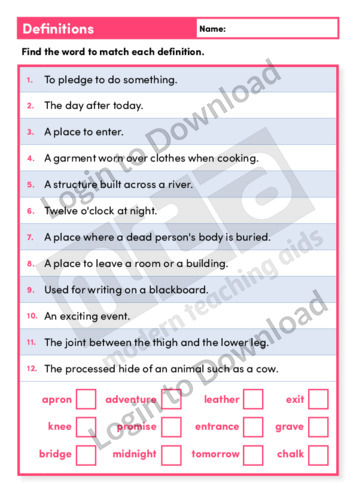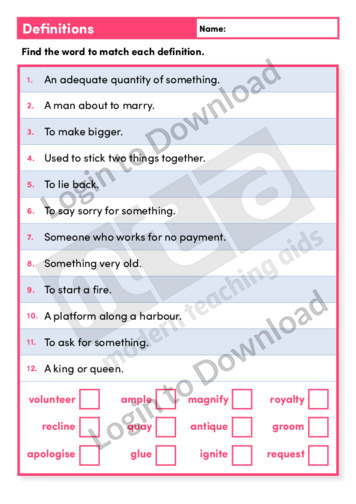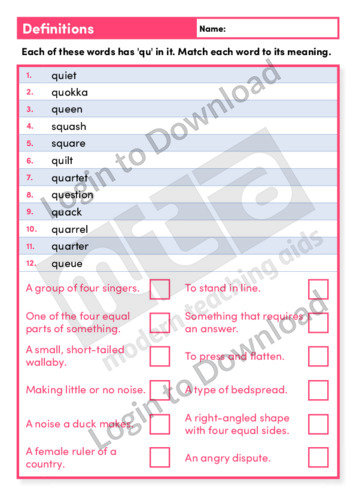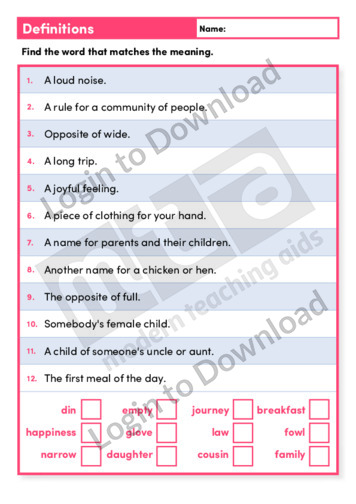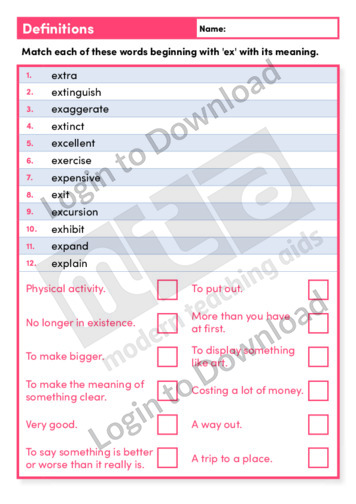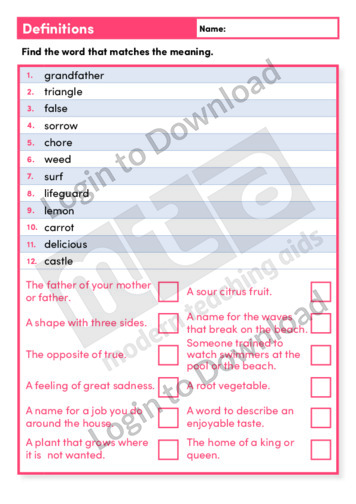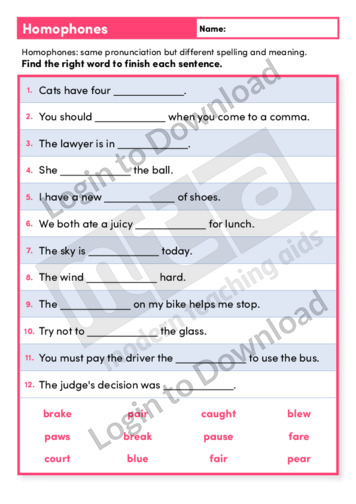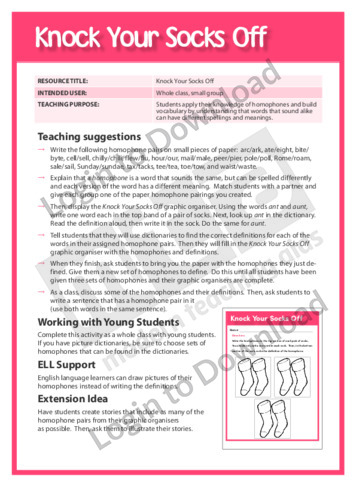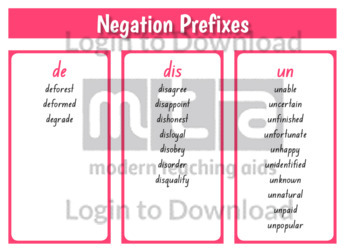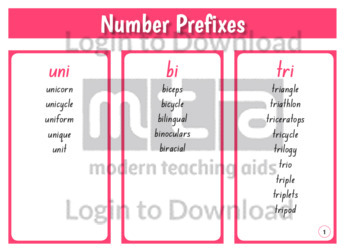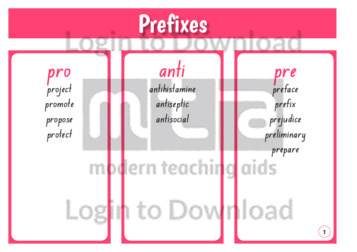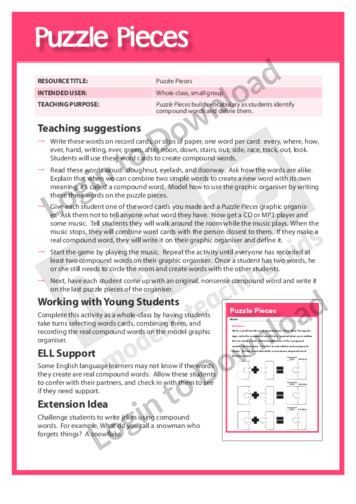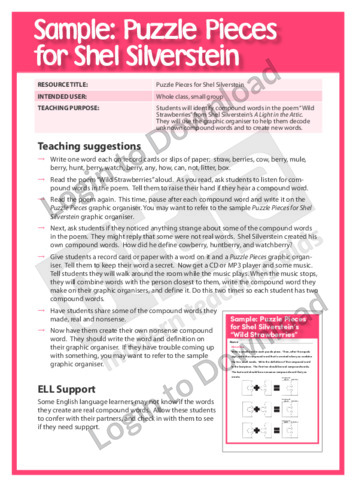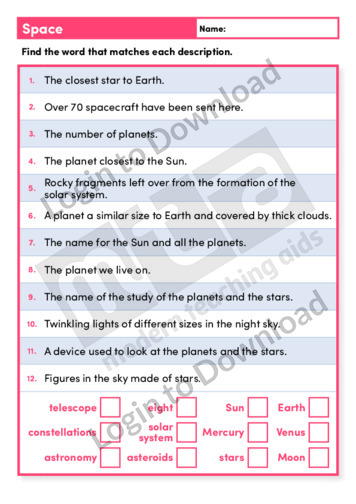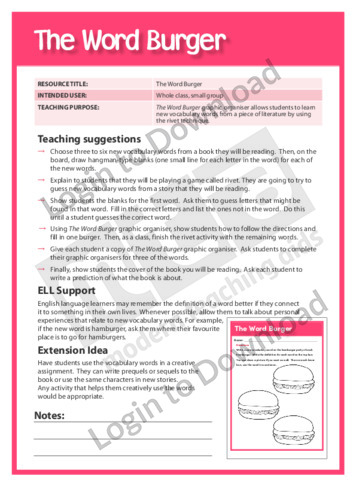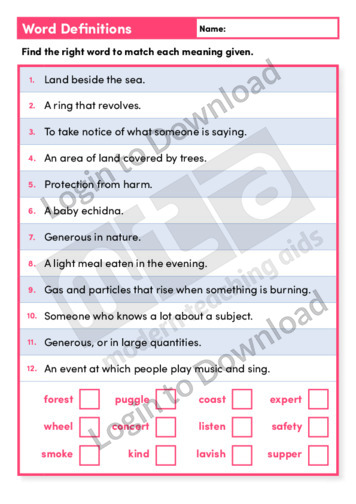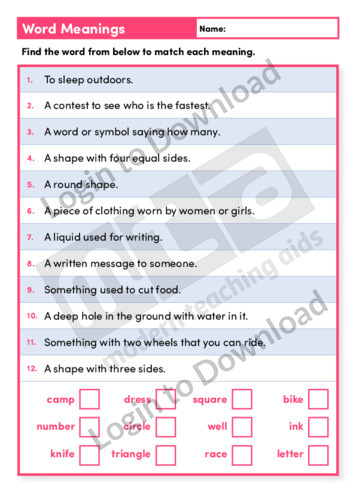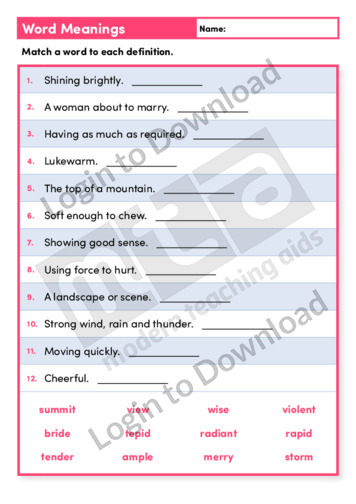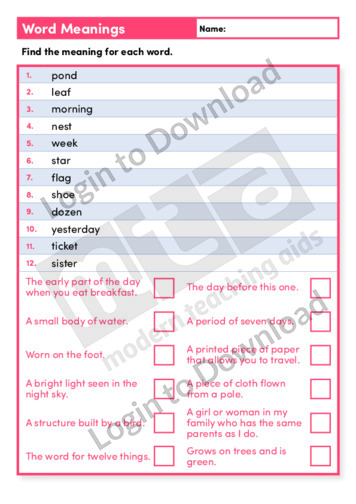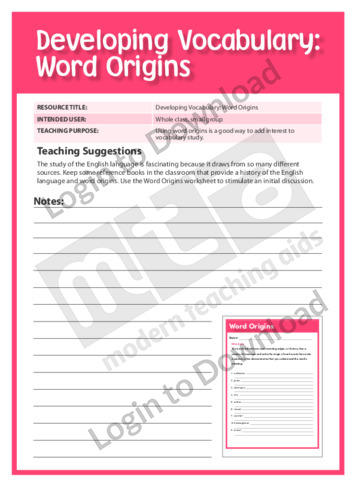This vocabulary activity, ‘Definitions’ supports vocabulary development by encouraging students to match common words to their correct definitions.
This vocabulary activity, ‘Definitions’ supports vocabulary development by encouraging students to match common words to their correct definitions.
This spelling activity, ‘Definitions’ provides opportunities for practice with matching meanings to words.
This reading activity, ‘Definitions’ provides opportunities for practice with matching meanings to words.
This spelling activity, ‘Definitions’ provides opportunities for practice with matching meanings to words.
This reading activity, ‘Definitions’ provides opportunities for practice with matching the meaning to words.
This spelling patterns word list, ‘Direction Prefixes’ introduces students to high-frequency words with prefixes that denote directionality. It includes some of the most commonly occurring examples of direction prefixes that children are likely to encounter in early reading exercises and is designed to aid language development.
This spelling activity, ‘Homophones’ supports vocabulary development by encouraging students to identify the correct homophone to complete the sentences.
This graphic organiser, ‘Knock Your Socks Off’ asks students to apply their knowledge of homophones and build vocabulary by understanding that words that sound alike can have different spellings and meanings.
This graphic organiser, ‘Knock Your Socks Off for The King Who Rained’ asks students to apply their knowledge of homophones in the book The King Who Rained by Fred Gwynne. They will locate homophones and build vocabulary by defining the homophones they find.
This content area reading learning activity, ‘Latin Word Parts,’ helps students become independent readers. It is aimed at developing students’ vocabulary by teaching them how to identify the meanings of Latin root words.
This spelling patterns word list, ‘Negation Prefixes’ features common prefixes used to negate or to indicate the opposite of a word. It includes some of the most frequently occurring examples of negation prefixes that children are likely to encounter in early reading exercises and is designed to aid language development.
This spelling patterns word list, ‘Number Prefixes’ introduces students to common prefixes that indicate quantity or form. It includes some of the most frequently occurring examples that children are likely to encounter in early reading exercises and is designed to aid language development.
This spelling patterns word list, ‘Prefixes’ introduces students to common prefixes. It includes some of the most frequently occurring examples of words with prefixes that children are likely to encounter in early reading exercises and is designed to aid language development.
This spelling activity, ‘Prefixes’ provides opportunities for practice with finding the word that begins with the given prefixes to match the meanings.
This graphic organiser, ‘Puzzle Pieces’ builds students’ vocabulary as students identify compound words and define them.
This graphic organiser, ‘Puzzle Pieces for Shel Silverstein’ asks students to identify compound words in the poem Wild Strawberries from Shel Silverstein’s A Light in the Attic.
This content area reading activity, ‘Shaky Ground’ is a history based reading comprehension exercise encouraging students to practise looking for clues to the meanings of words by looking closely at their context.
This vocabulary activity, ‘Space’ supports vocabulary development by encouraging students to match space vocabulary to relevant definitions or descriptions.
This graphic organiser, ‘The Word Burger’ allows students to learn new vocabulary words from a piece of literature by using the rivet technique.
This content area reading learning activity, ‘Using Context,’ helps students learn how to define words in context. When reading, students can gain a sense of context from the sentence or paragraph that contains the word.
This vocabulary activity, ‘Word Definitions’ supports vocabulary development by encouraging students to match definitions to their appropriate words.
This vocabulary activity, ‘Word Definitions’ supports vocabulary development by encouraging students to match definitions to their appropriate words.
This vocabulary activity, ‘Word Meanings’ supports vocabulary development by encouraging students to matching words to their definitions.
This vocabulary activity, ‘Word Meanings’ supports vocabulary development by encouraging students to identify nouns and adjectives from descriptions.
This vocabulary activity, ‘Word Meanings’ supports vocabulary development by encouraging students to find the meanings of nouns.
This content area reading learning activity, ‘Word Origins,’ can be used to add interest to vocabulary study. It teaches students about the history of the English language and the many different sources it draws from.
It�s that easy!

